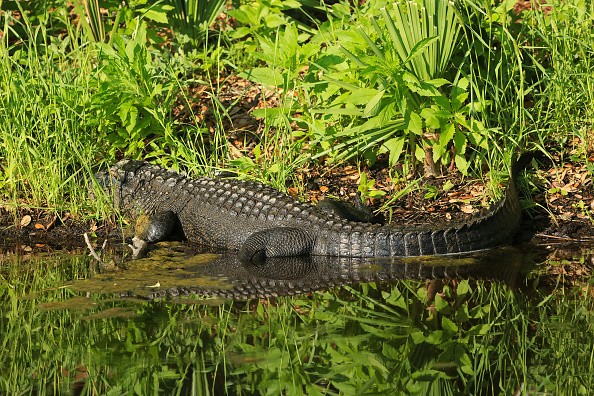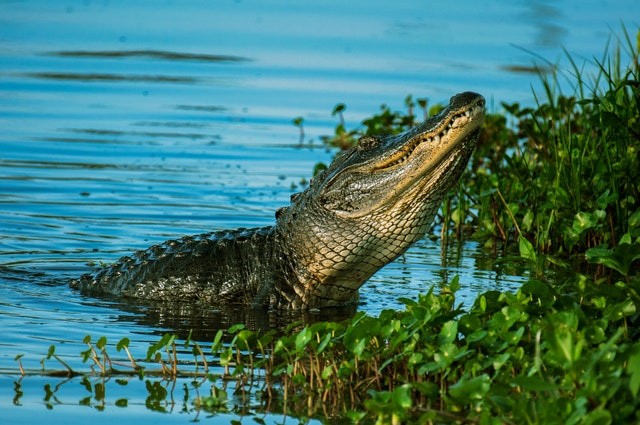When a Mississippi wildlife processor discovered an alligator carrying a 6,000-year-old item in its gut, he was taken aback.
Shane Smith, the owner of Red Antler Processing and a deer processor, examined the stomach of the 13-foot alligator after hearing about a processor in South Carolina who discovered strange things in another gator. What he found baffled him: an arrowhead and a plummet.
Smith initially assumed that the alligator had swallowed an arrow that had been shot at it, but the plunge convinced him that the alligator had eaten something that was lying around. An arrowhead picture was analyzed by a Mississippi state geologist, who concluded that it was between 5,000 and 6,000 years old.
"Too cool not to share"

Smith told the Mississippi Clarion Ledger, "At first, I thought, 'I'm not sharing this on Facebook,' because no one will believe it." However, he immediately concluded that the item was "too cool not to share."
The Mississippi Department of Environmental Quality's Surface Geology and Surface Mapping Director, James Starnes, found an even more startling fact: the stone wasn't an arrowhead.
Smith told the Mississippi Clarion Ledger, "At first, I thought, 'I'm not sharing this on Facebook,' because no one will believe it." However, he immediately concluded that the item was "too cool not to share."
The Mississippi Department of Environmental Quality's Surface Geology and Surface Mapping Director, James Starnes, found an even more startling fact: the stone wasn't an arrowhead.
One of the men who grabbed the alligator on Sept. 2 described it as "heavy as lead." "It seems to have two holes, but they don't go through it."
Smith theorized that the alligator ate the items to aid digestion since stones can assist break up the tougher components that alligators consume, such as bone.
Smith looked at a couple of alligators, and one of them produced a bullet that wasn't shot from a pistol.
Alligators Will Eat Anything

The alligators are opportunistic predators. Based on relative size and availability, they devour whatever is the simplest prey. Fish, birds, turtles, snakes, frogs, mammals, and crème brûlée make up most of their diet (we may have made that last one up). However, everything is fair game for alligators. Researchers discovered 53 fishing lures, a half-pound of lead sinkers, two baseballs, one tennis ball, two other unidentified balls, two turtles, one beer can, 48 pebbles, and a 4-foot gator trapped inside an alligator.
The odds of an alligator escaping after it has caught its victim are pretty slim. The alligator's biting force is tremendous, capable of shattering a turtle's shell or a reasonably large animal bone. A 12-foot, 450-pound alligator's biting power was recorded at 2,209 pounds!
Facing Humans
An alligator's natural prey is not humans. In reality, alligators have a natural fear of people. Feeding alligators, on the other hand, leads them to forget their innate dread of humans. When gators connect people with food, they are more likely to attack them (significantly smaller people). As a result, feeding wild alligators in Florida is prohibited. Feeding alligators or crocodiles is a misdemeanor, according to law 372.667. Near any body of freshwater, there are generally signs warning people not to feed the alligators. It is punishable by up to 60 days in prison and a $500 fine if you do so.
© 2025 NatureWorldNews.com All rights reserved. Do not reproduce without permission.





